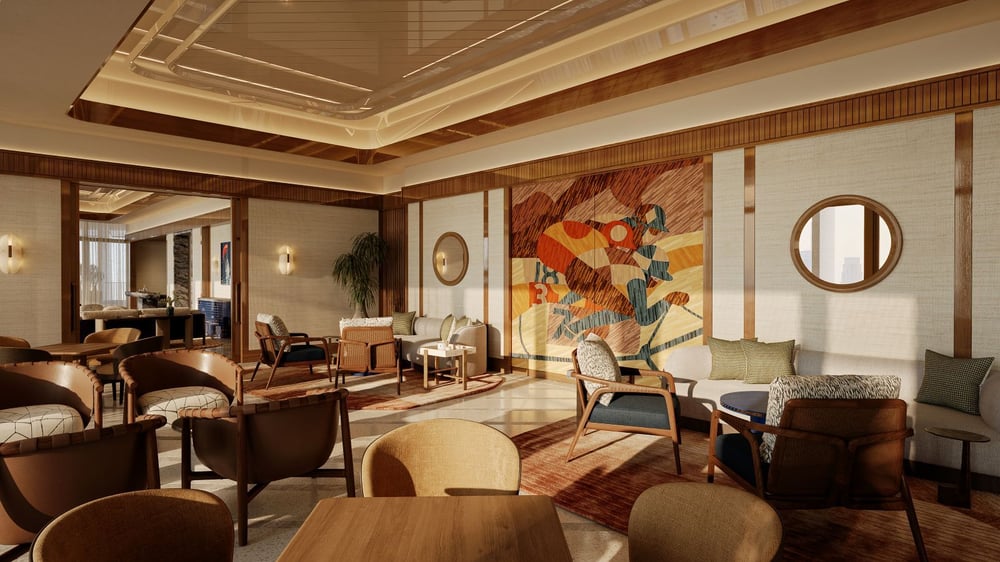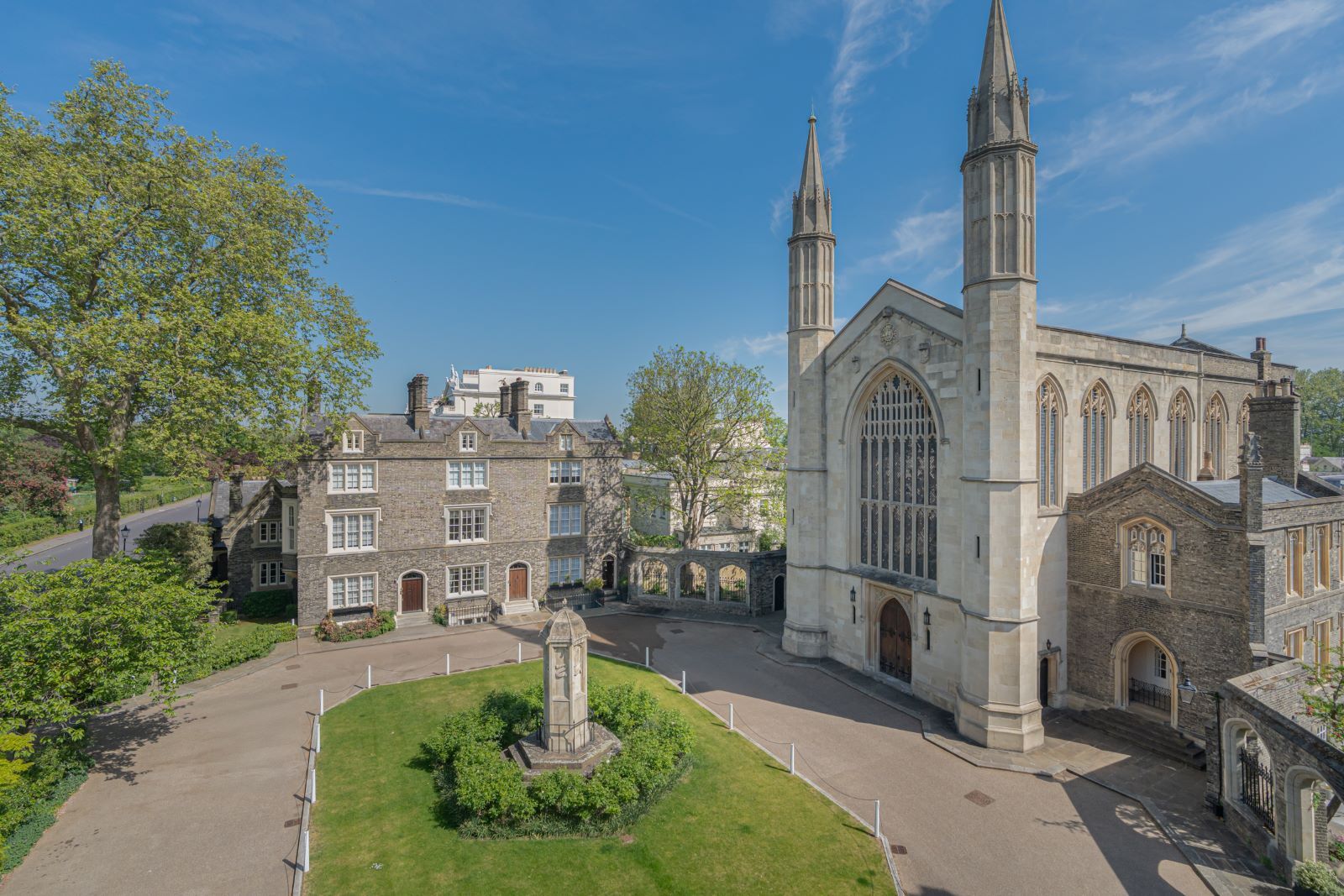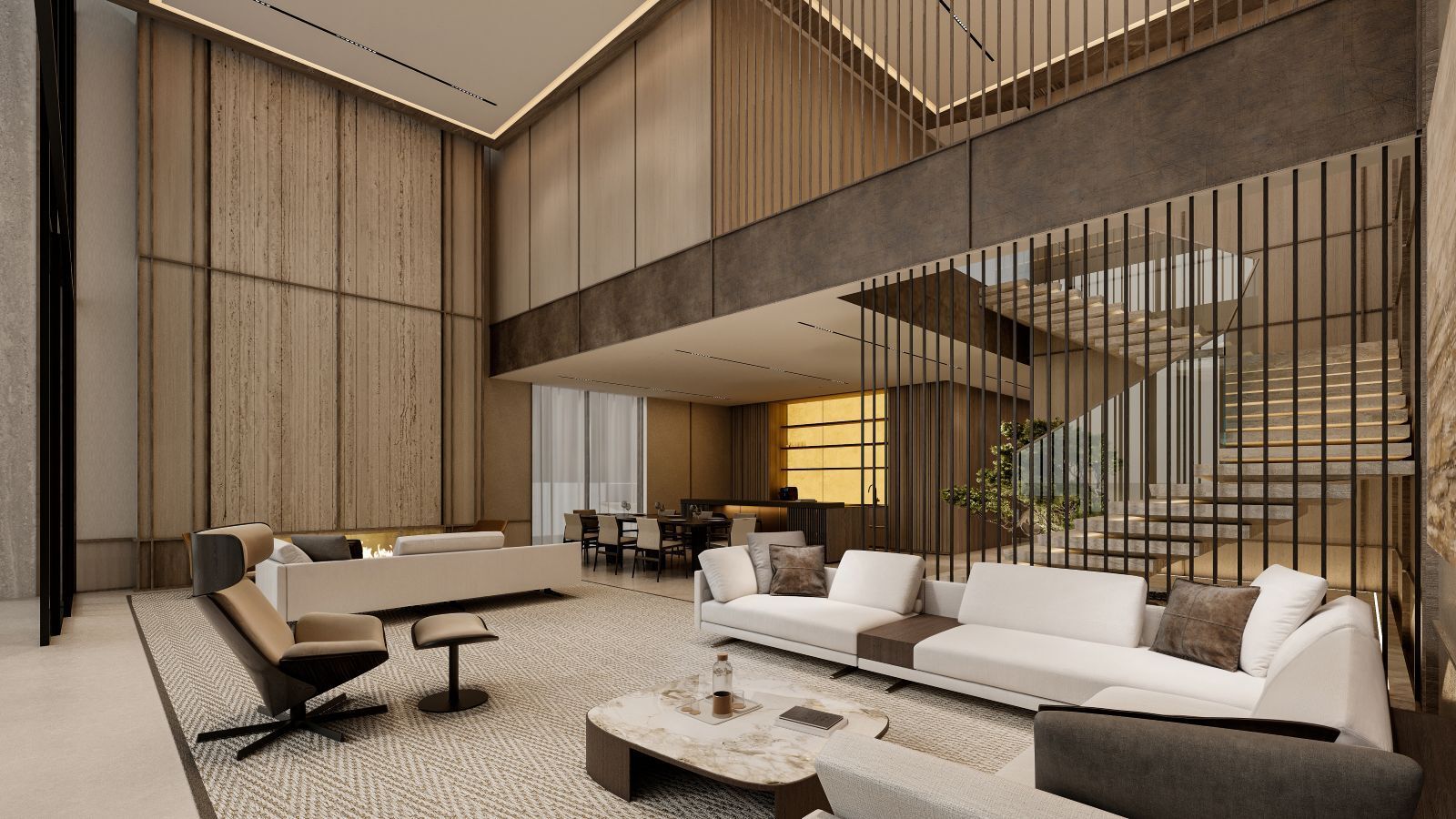Tihany Design: Top Projects
Few design studios carry the kind of global recognition that Tihany Design does. Founded in 1978 by Adam D. Tihany, the firm has built its reputation not just on beautiful spaces, but on creating complete experiences. From Michelin-starred dining rooms in New York to landmark hotels in Dubai, every project tells a story where setting and experience feel inseparable.

A Philosophy of Total Design
Long before "immersive" became a design buzzword, Tihany championed the idea of hospitality as a complete environment. This is why stepping into one of the firm's projects feels instinctively "right," even if you can't explain why. Take the Mandarin Oriental Hyde Park — lighting sets the mood as much as it serves function — in the bar, it might cast a warm glow that invites conversation; at The Oberoi in New Delhi, the lobby might soften the edges of a long journey. The check-in desk, the texture of the walls, the soundscape — all work together. At Per Se in New York, white linens contrast with dark wood tables, while steel fixtures are balanced by soft velvet seating. Even scents are treated as part of the design language, shaping a mood before a guest even registers the visual details.
The process starts with understanding how people actually move through space. Where do they pause without thinking? Which features invite curiosity rather than intimidation? These observations guide the design before the first sketch is drawn.
Notable Projects
Tihany’s restaurant work reads like a who’s who of fine dining. Per Se and Daniel in New York aren’t just restaurants — they’re spaces where every detail, from chair height to ceiling acoustics, supports the experience Thomas Keller and Daniel Boulud envisioned. The rooms feel intimate despite their scale, striking that difficult balance between impressive and welcoming.
In Dubai, the Four Seasons Hotel DIFC manages to feel both grand and comfortable. The lobby works like a stage for business meetings and chance encounters, reflecting how Dubai functions as a global crossroads. Every detail encourages connection, whether between business partners or friends meeting by chance.
Other highlights — from One&Only Cape Town to The Beverly Hills Hotel and The Westin Chosun in Seoul — show Tihany’s approach: luxury that feels rooted in its location rather than imported from elsewhere. The spaces feel expensive but not intimidating, polished but not cold.
The restaurant portfolio extends beyond Per Se and Daniel. Jean-Georges in New York and collaborations with chefs worldwide show how the studio creates environments that enhance dining without competing with it — rooms that support the food rather than steal attention from it.
Designing for the Journey
Tihany Design has recently expanded to luxury cruise ships — a logical step for a studio so focused on hospitality. Projects like Seabourn Encore and Nieuw Statendam are designed with the same care as flagship hotels, adapted to life at sea.
Cruise ship design requires flexibility. Spaces need to work for morning coffee, afternoon lectures, and evening galas. Public areas encourage movement and conversation amid framing ocean views. Lounges capture the romance of travel; dining rooms stay warm and relaxed even in formal settings. At sea, nothing stays still — light shifts, the floor moves, spaces change mood between sunrise and midnight. Every area has to flex without feeling compromised.
Even private cabins consider the psychology of being surrounded by water. Material choices, lighting, and layout help guests feel both protected and connected to their surroundings.
Beyond Hotels
Whilst hospitality remains central, the studio also works on wineries, private homes, and retail projects. A contemporary winery in Hungary might share the same storytelling approach as a five-star hotel in Asia, each reflecting its location through texture, colour, and flow.
Residential projects borrow from hotel design — careful lighting, intuitive movement between rooms — but with a more personal touch, same as a home that needs to feel lived-in rather than staged.
Retail work follows similar thinking. Instead of just displaying products, the goal is to create spaces that make people want to linger, explore, and return.
What Makes a Tihany Space
A Tihany space isn’t defined by a signature look, but by layers of detail you can feel as much as see. Leather is chosen for how it softens with time, not just for its first impression. Polished brass edges catch the light in a way that grows warmer each year. Dark woods are often paired with soft fabrics — velvet banquettes, silk cushions, woven upholstery — to invite touch as much as admiration. Lighting avoids harsh drama in favour of intimacy: amber-toned sconces, hidden uplighting, and low glows that make a room feel calm, even when it’s full. And furniture is designed to be lived in — a chair that supports long dinners, a bar stool that feels steady even after hours of conversation.
The firm’s influence extends beyond its own projects. Former collaborators have carried these principles — tactile comfort, longevity, quiet drama — into their own studios, spreading the Tihany philosophy throughout the industry. This ripple effect has become part of the brand’s legacy, ensuring its approach shapes spaces the studio itself may never directly touch.
A New Chapter
Today, under Adam Tihany and managing partner Alessia Genova, the studio continues evolving. Genova, who’s been with the firm for over 15 years, brings fresh perspective whilst preserving its foundation. Her influence shows in the growing focus on sustainability and social responsibility — increasingly important in luxury projects.
Together, they’re taking Tihany Design into new areas, from high-end retail to private residences, without losing sight of its core belief: that design is about moments, not objects. Whether it’s a first dinner at a Michelin-starred restaurant, a family holiday by the ocean, or coming home each day, Tihany Design creates settings that make those moments more meaningful.
It’s a legacy built not on a signature look, but on a way of thinking — one that puts human experience first. In every project, one detail at a time, the studio creates spaces that feel inevitable, as though they could only have been designed this way.


